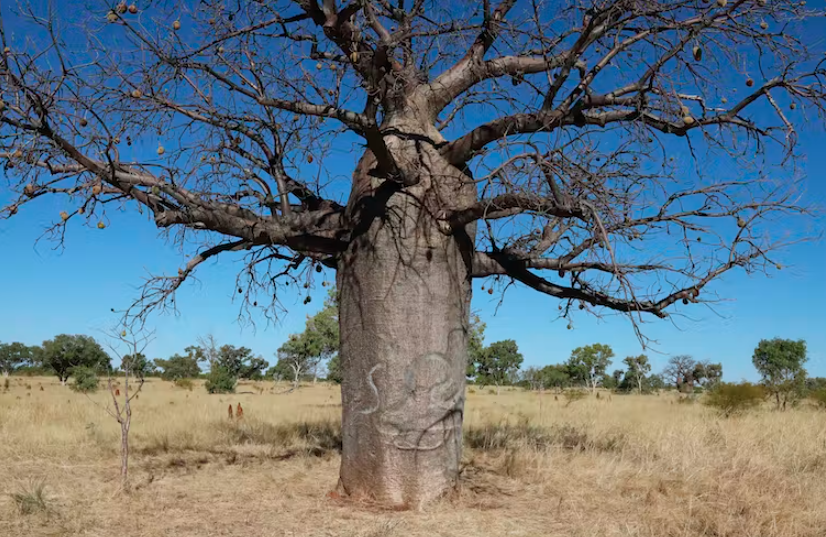
Art in the bark: Indigenous boab etchings under threat in the Tanami
The boab trees of the remote Tanami desert are carved with centuries of Indigenous history – and they’re under threat.

The boab trees of the remote Tanami desert are carved with centuries of Indigenous history – and they’re under threat.
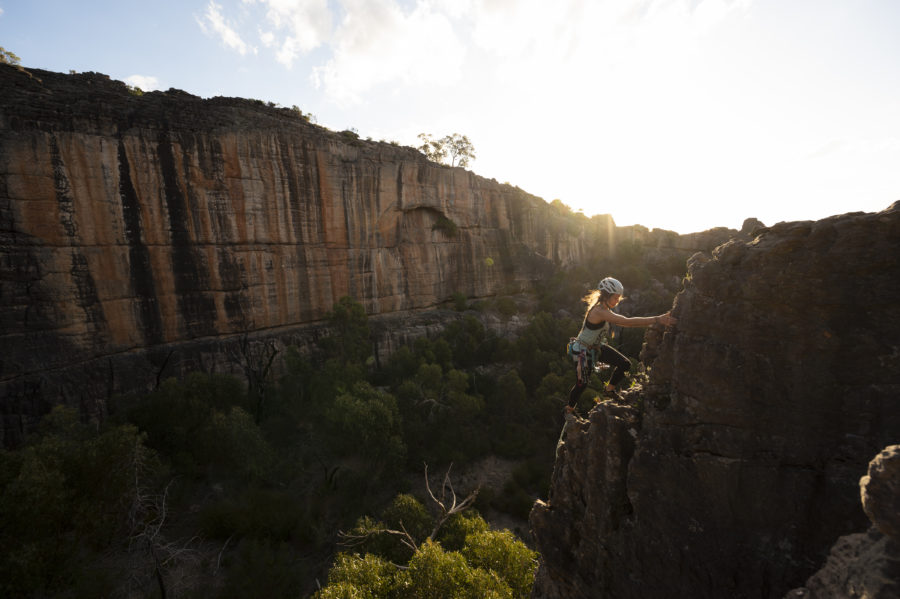
Home to Victoria’s highest concentration of rock-art sites – and to world-class climbing – the Grampians National Park is truly spectacular, but also a site of conflict. In the face of widespread climbing bans, land managers are working to balance the interests of Traditional Owners and climbers.
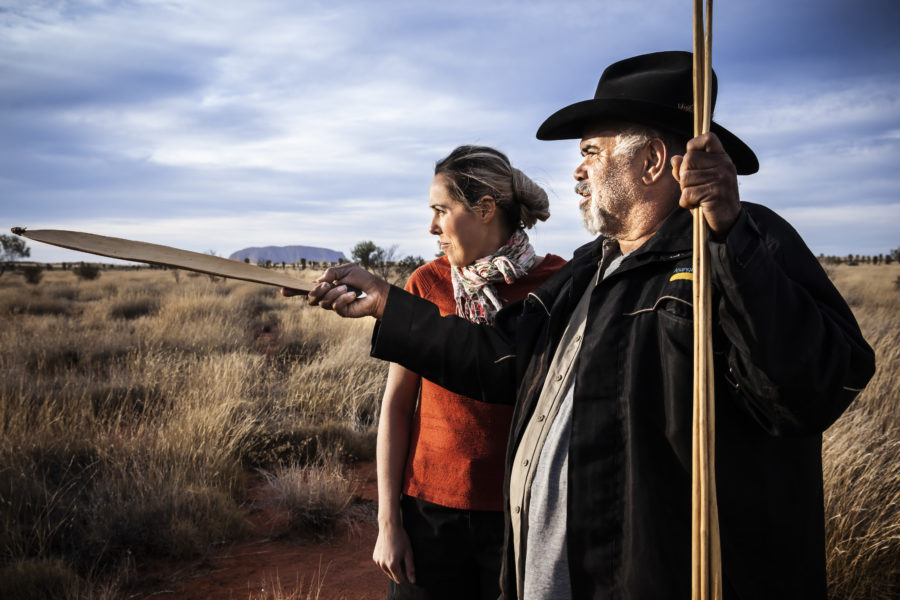
Sometimes the extent of a journey isn’t measured by distance, but by the new thoughts and feelings it generates. So I discovered when I recently took an Indigenous-guided tour at Uluru.

In 1882, a three-year-old palace at Sydney’s Royal Botanic Garden was destroyed by fire – and with it, thousands of Indigenous artefacts. The new barrangal dyara (skin and bones) installation is a reminder of what was lost. Read more about the Garden Palace fire and Jonathan’s artwork here.
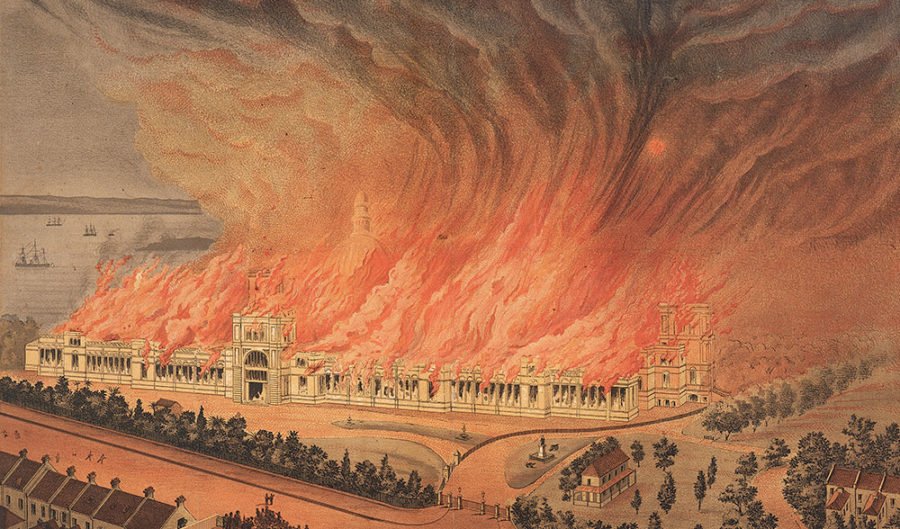
In 1882, a palace at Sydney’s Royal Botanic Garden was destroyed – and with it, thousands of Indigenous artefacts. The new barrangal dyara (skin and bones) installation is a reminder of what was lost.
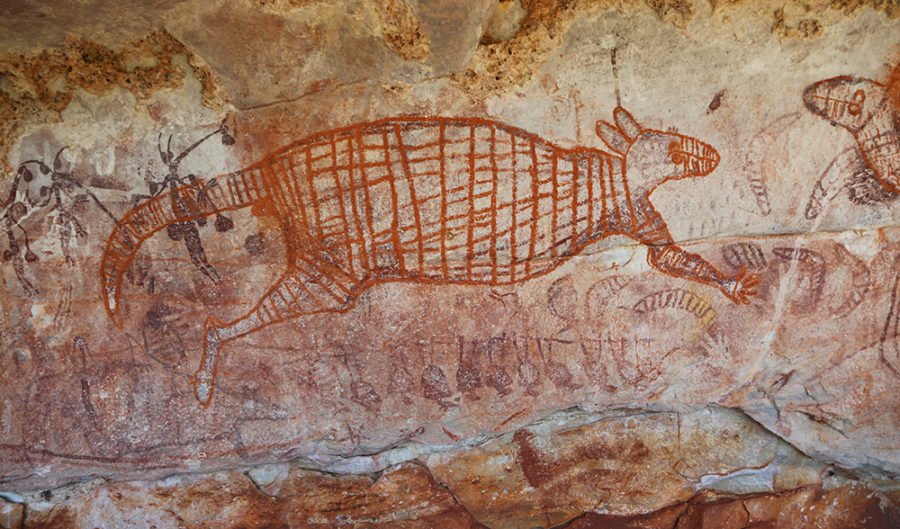
The biggest rock art study in Australian history may shed light on when Indigenous Australians first arrived.
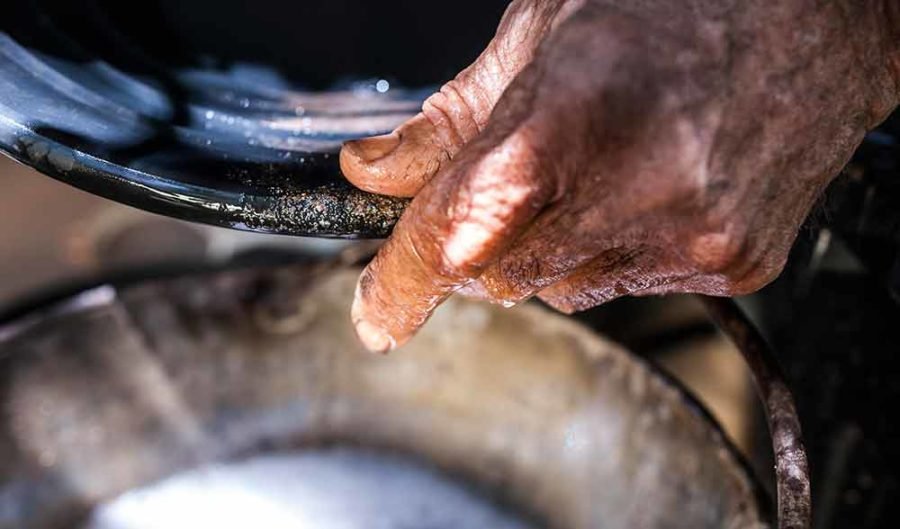
Once among Australia’s richest gold-mining centres, Tennant Creek has a dappled past, but the spirit of the locals is luring newcomers once again.

Straddling the ephemeral Todd River, Alice Springs is the second largest town in the Northern Territory and the geographical heart of Australia, or as locals are given to saying, “the town closest to every beach in Oz”. In reality, it’s 1200km as the crow flies to the nearest ocean and about 1500km to the closest major cities, Adelaide and Darwin. It has a population of approximately 28,000, 12 per cent of the NT’s population.